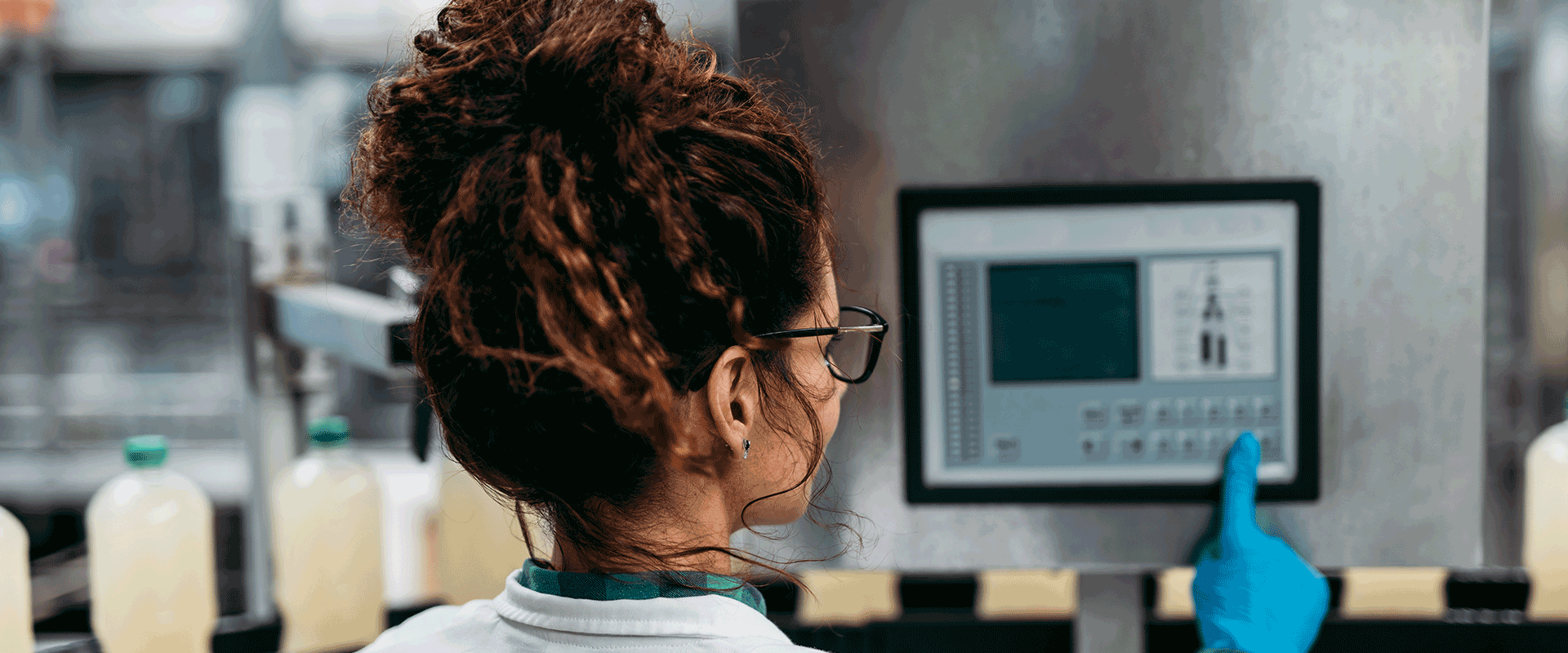
Cost Pressures Take Centre Stage in European Packaging Decisions
Part 1 of a four-article series on the 2025 European Brand Owner Packaging Survey
- Article

Part 1 of a four-article series on the 2025 European Brand Owner Packaging Survey
This year, packaging costs have become a dominant issue for brand owners across Europe. With inflationary pressures lingering and supply chain disruptions still rippling through global markets, the majority of companies now see rising packaging costs not as a blip but as a structural reality. The result is a shift in how companies are managing both day-to-day procurement and long-term packaging strategy.
To understand how brand owners are responding, L.E.K. Consulting conducted its fourth annual European Brand Owner Packaging Survey in December 2024 and January 2025. This year’s study includes responses from 645 brand owners across six major markets — Germany, France, the UK, Spain, Italy and Poland — spanning a diverse range of sectors from food and beverage to healthcare, beauty and consumer electronics.
This article, the first in a series, explores the cost trends shaping packaging decisions in 2025. Subsequent pieces will examine how brand owners are rethinking investment, sustainability and innovation in response to these pressures.
It’s little wonder that cost now sits at the top of the agenda for European packaging executives. More than 70% of European brand owners expect packaging costs to increase over the coming year. A full 56% anticipate rises in the range of 1%-10%, and a further 14% expect increases to exceed 10% — figures that underscore the intensity of cost pressures facing the market (see Figure 1).
The root causes are familiar, yet persistent: ongoing inflation, volatile commodity pricing, rising energy and transportation costs, and increasingly fragmented global supply chains. These compounding factors strike packaging especially hard, given its exposure to multiple raw materials and reliance on complex, often international, supplier networks.
In this environment, packaging costs are a central constraint shaping product design, procurement strategy and even broader sustainability initiatives. Since then, of course, the US administration’s issuance of material and widespread tariffs has complicated the matter further, reinforcing the cost inflation as well as the trading volatility.
Faced with these mounting pressures, European brand owners are not sitting still. Instead of simply absorbing higher costs or passing them along to customers, most are taking proactive steps to redesign packaging and reengineer their supply chains.
Survey data reveals that 71% of respondents ranked optimising packaging design among their top three cost responses, making it the most common strategy by a clear margin. Also, 61% are diversifying their supplier base, and 57% are switching material types to lower-cost alternatives (see Figure 2).
Interestingly, traditional levers like passing costs on to consumers or absorbing them internally are far less popular. Only 39% of respondents identified cost pass-through as a top-three strategy, and a mere 19% are considering absorption. This design-first approach signals a more strategic and long-term response to margin compression — one that prioritises flexibility and efficiency over short-term fixes.
In effect, European brand owners are engineering packaging to be more resilient: lighter, simpler and more cost-effective, with a deliberate move away from dependency on any single supplier or input material.
The cost squeeze is redefining why packaging materials are being changed in the first place. In previous years, sustainability was the dominant motivator for packaging innovation; this year, it has fallen to sixth place. Instead, material cost savings have emerged as the top driver of change, with 38% of respondents citing cost as the primary reason for switching materials in the past four years.
Other important factors influencing material decisions include functional improvements, such as shelf-life extension and aesthetic considerations (see Figure 3).
This shift suggests a rebalancing of priorities. While sustainability remains important, it is no longer the overriding priority in packaging strategy. Instead, cost, performance and consumer experience are now being weighed together — each a critical component of the decision calculus.
As we move through 2025, cost pressures will continue to be the defining constraint on packaging strategy. But they may also become a catalyst for innovation. Expect to see a wave of experimentation around lightweighting, modular design and alternative materials, as brands look to balance cost reduction with consumer expectations and regulatory compliance.
This new landscape will require brand owners to find a more sophisticated equilibrium — one that harmonises cost, sustainability and performance without compromising the integrity of the product or the brand.
In our next article, we’ll examine how companies are reallocating investment in packaging: where the money is going and what that reveals about future priorities.
Please contact us to find out more.
L.E.K. Consulting is a registered trademark of L.E.K. Consulting All other products and brands mentioned in this document are properties of their respective owners. © 2025 L.E.K. Consulting